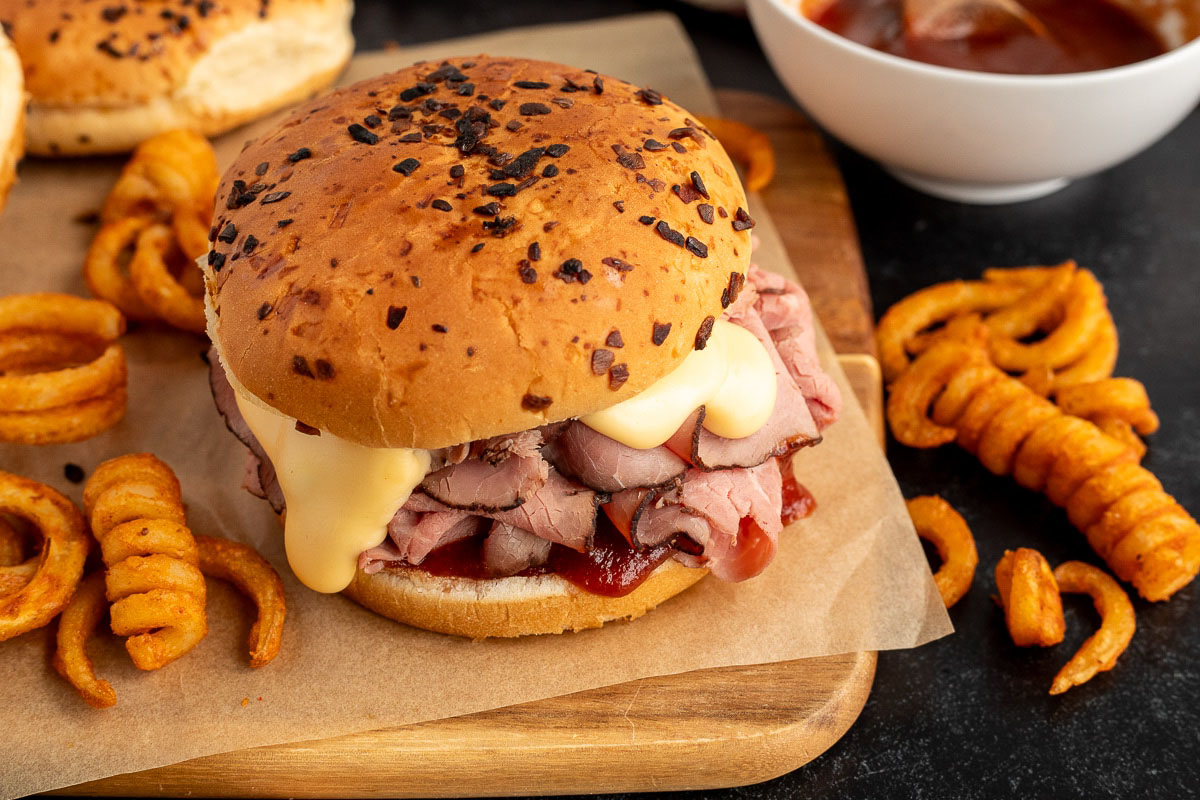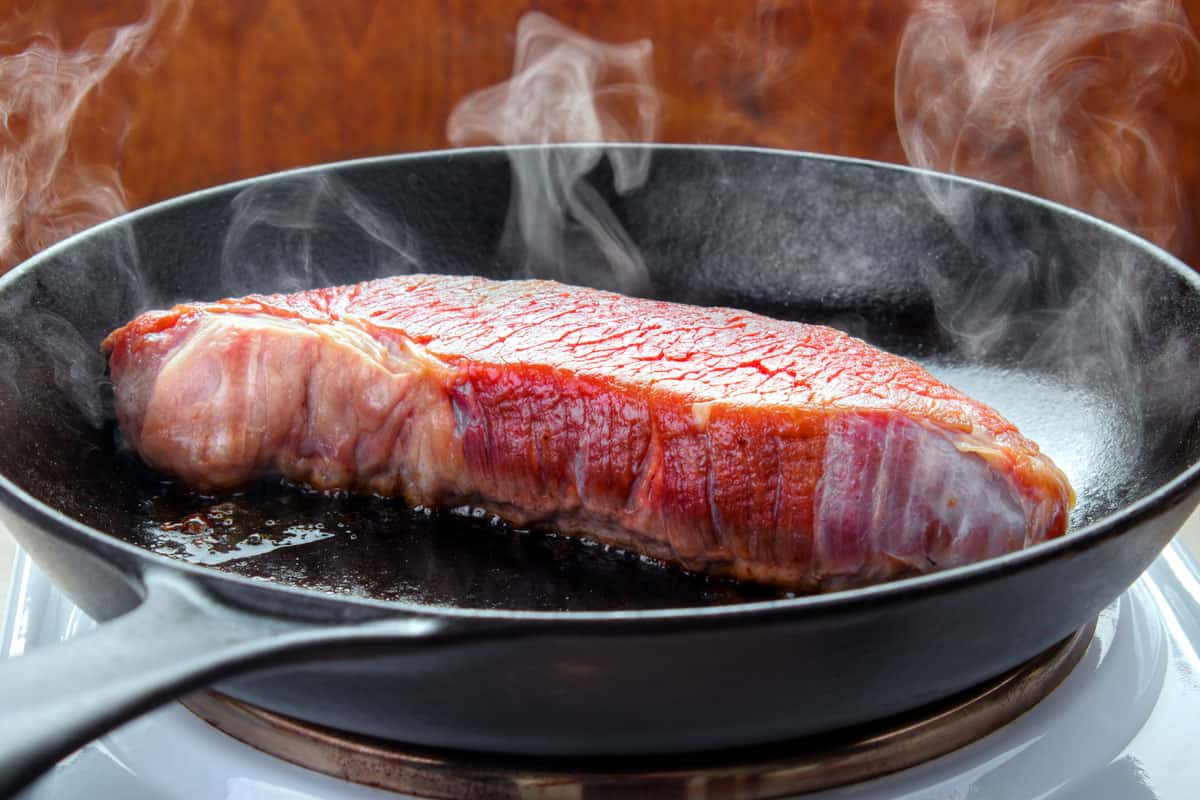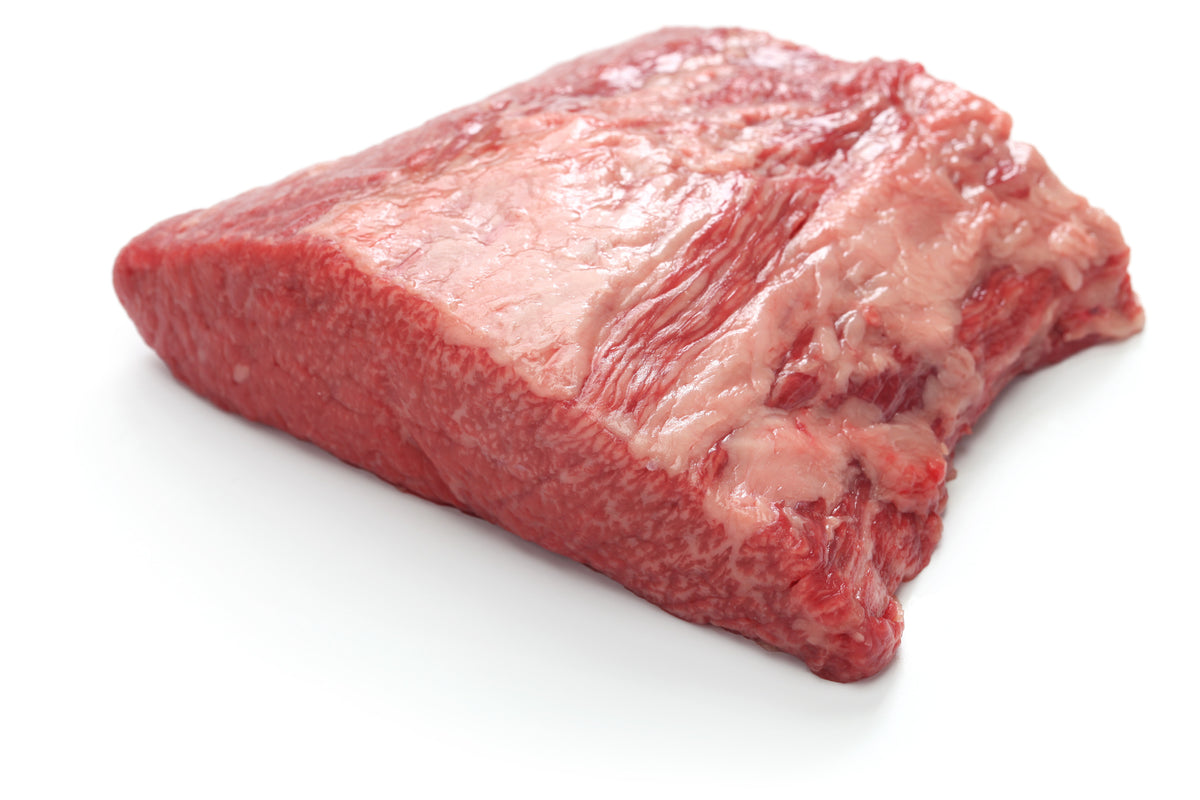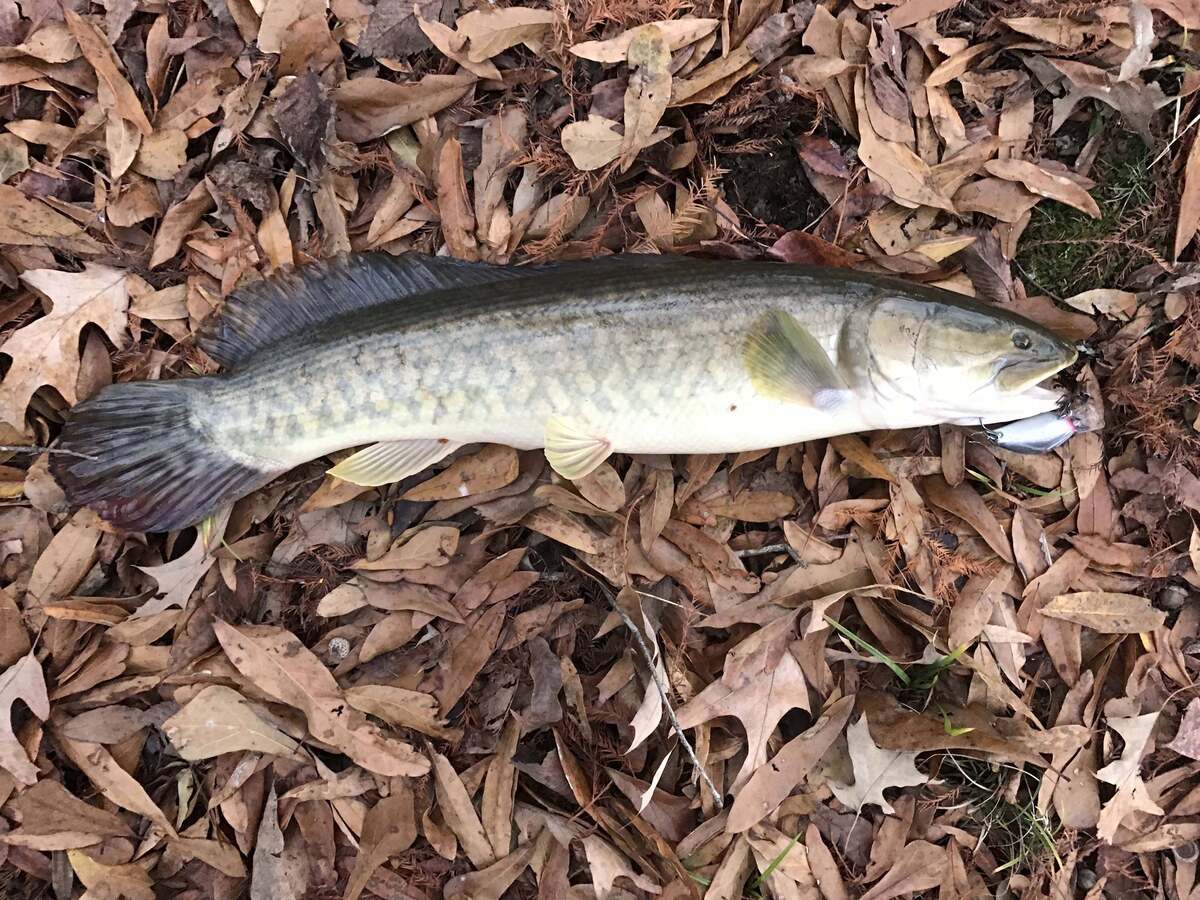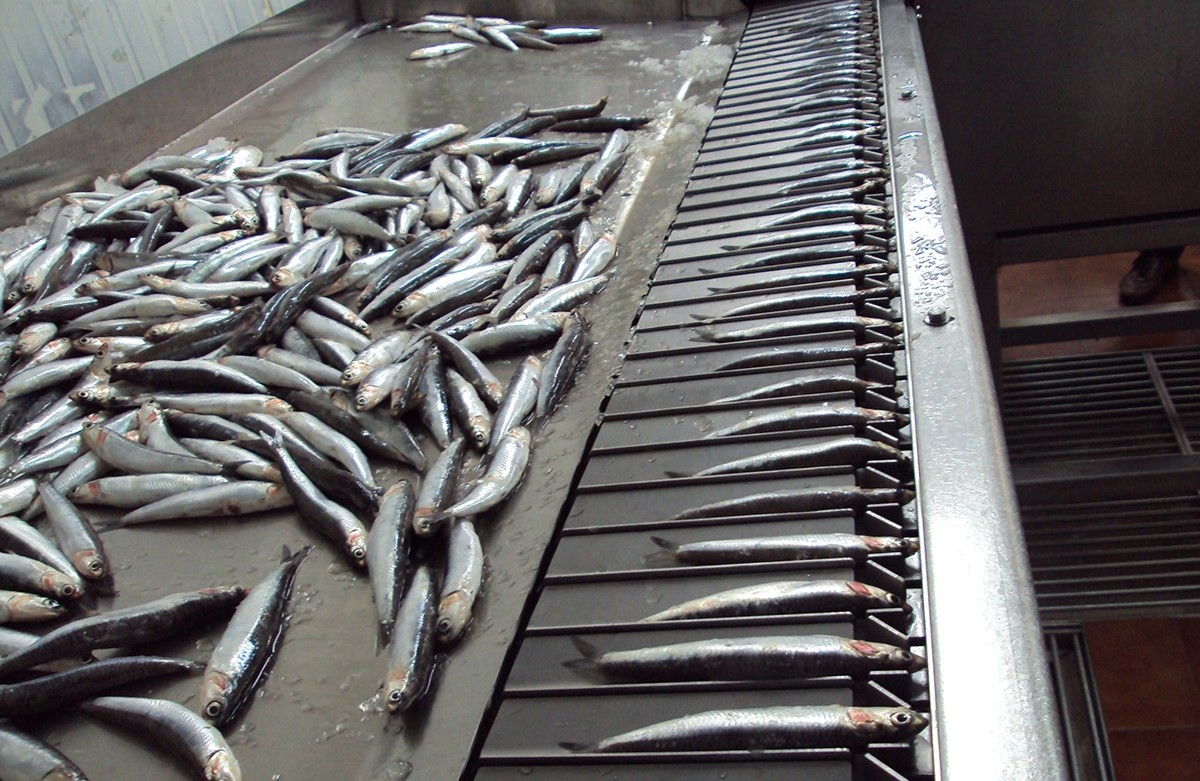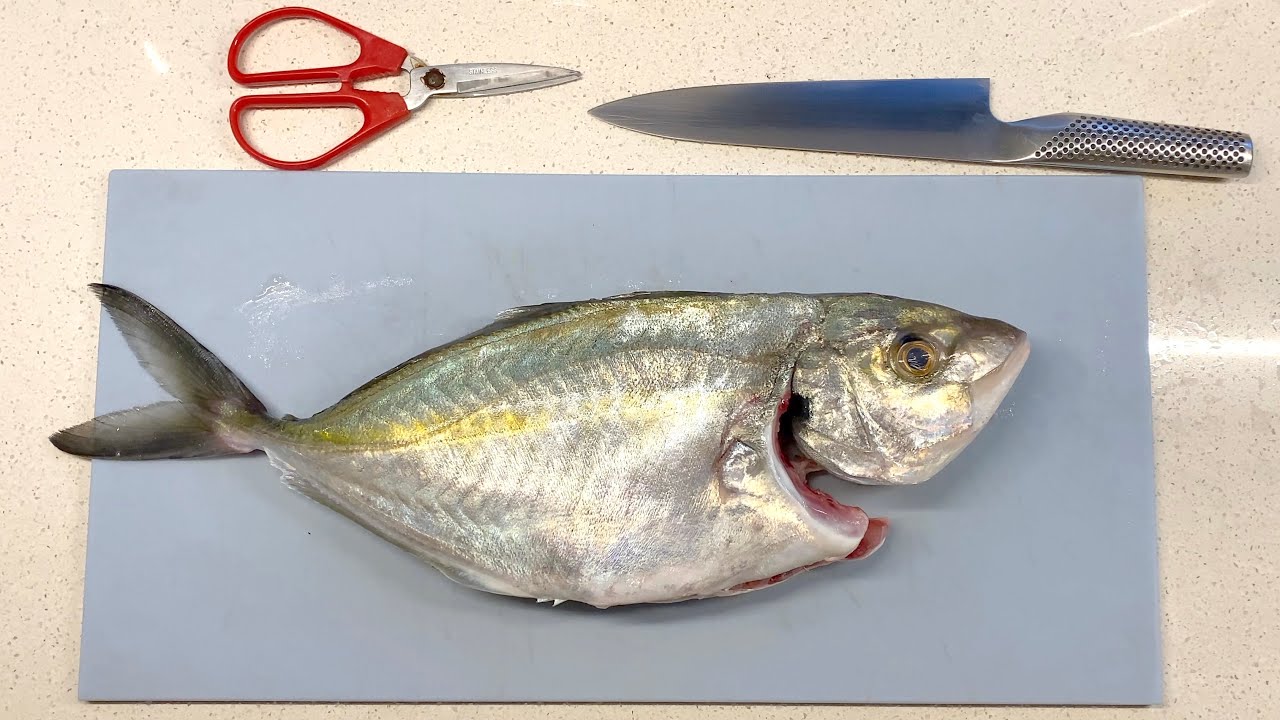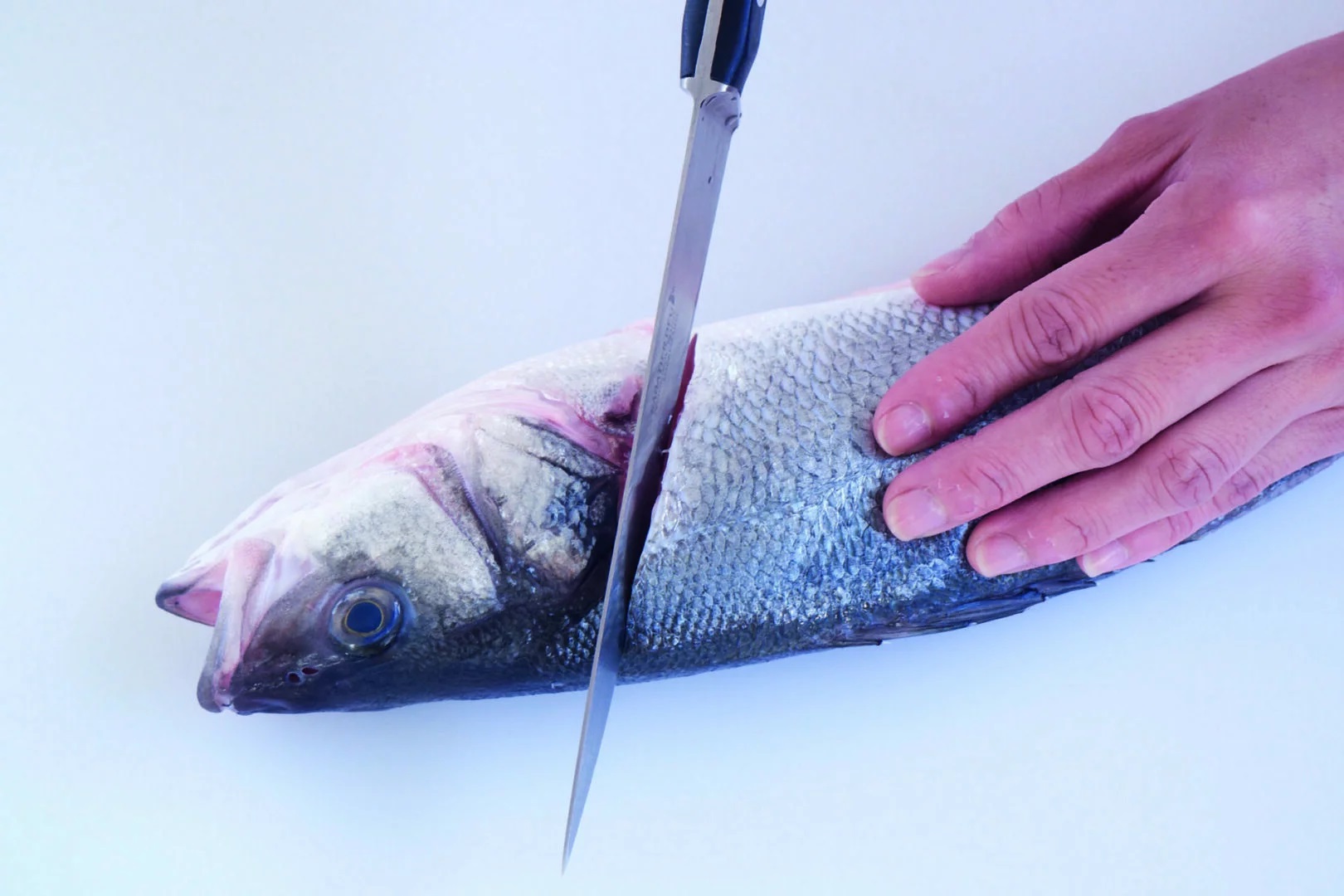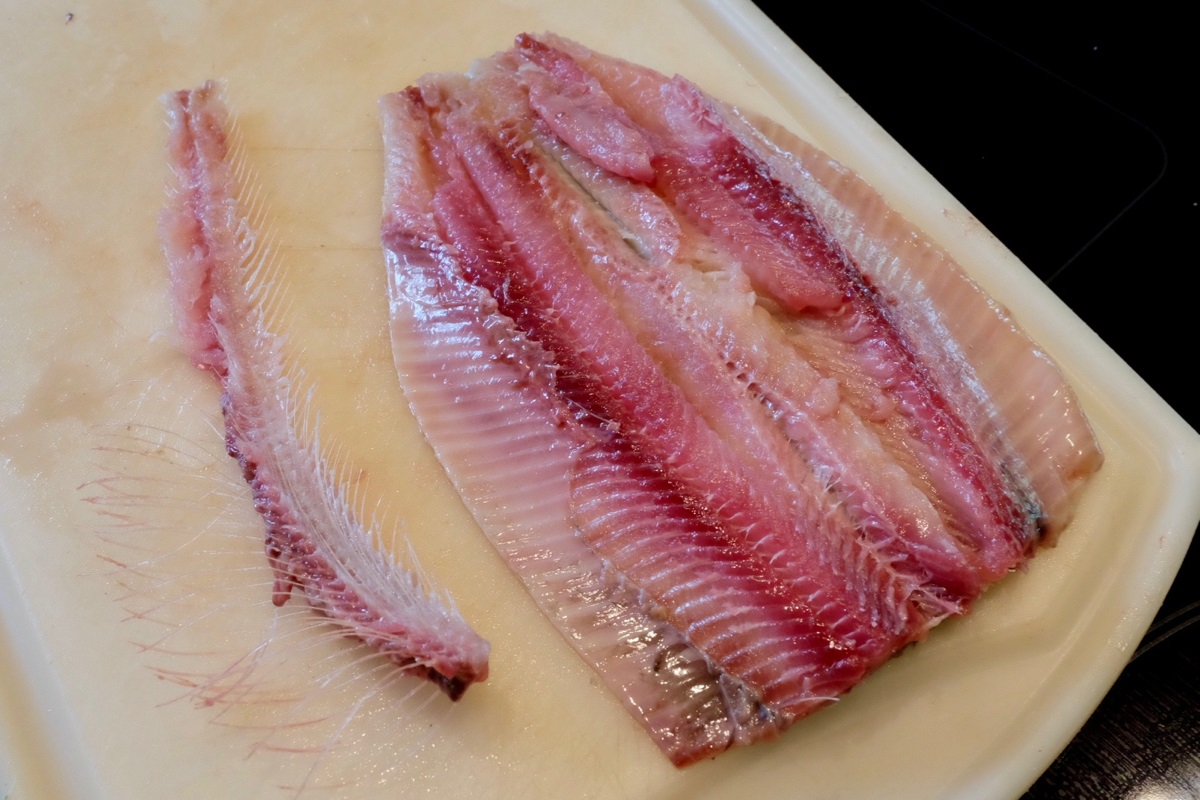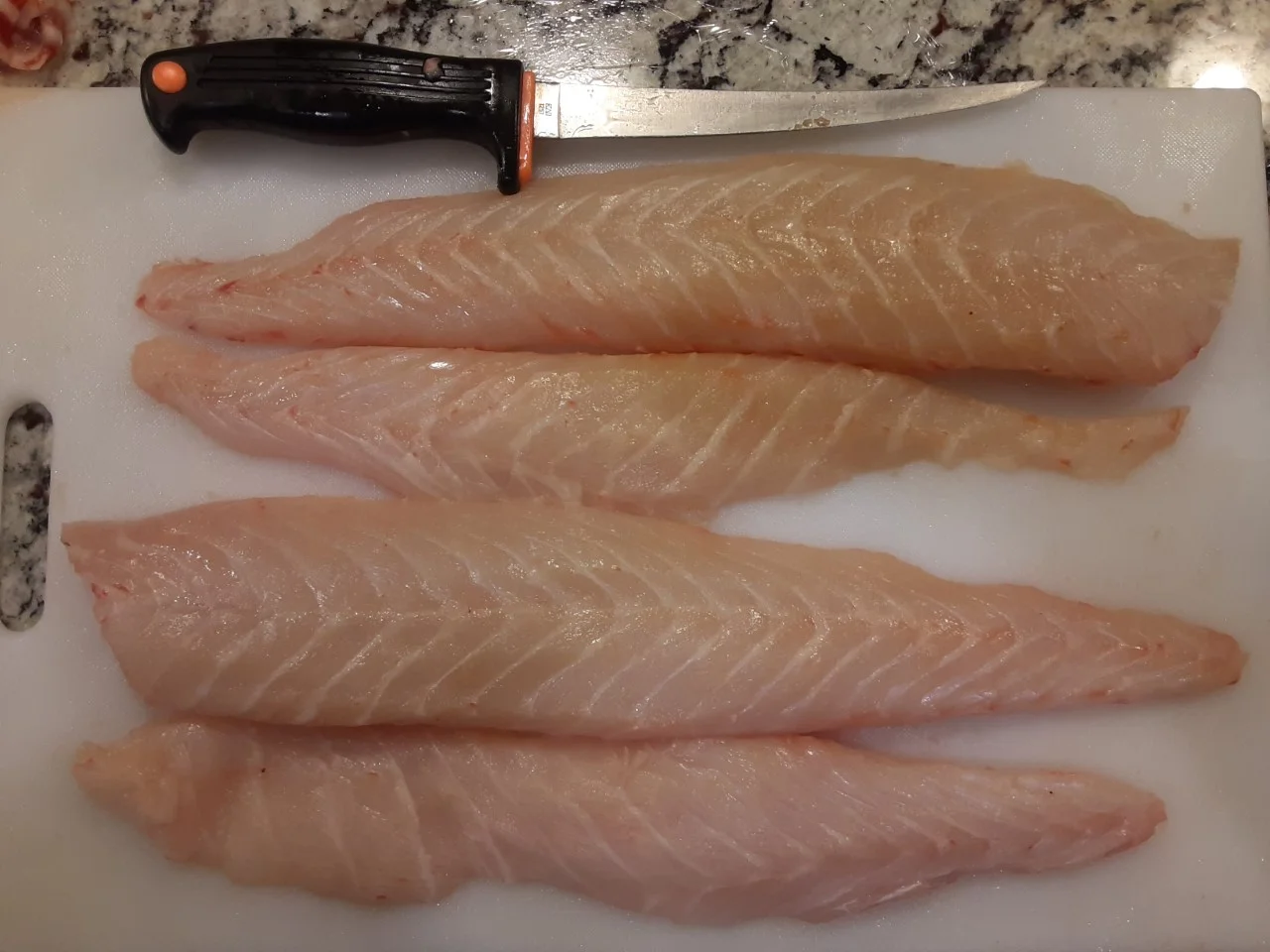Step-by-Step Guide: How to Fillet a Brisket
Welcome to our step-by-step guide on how to fillet a brisket! Whether you’re a seasoned cook or a beginner in the kitchen, learning how to properly fillet a brisket is an essential skill for any food enthusiast. Follow these simple steps to master the art of filleting a brisket like a pro.
What You’ll Need:
- Brisket
- Sharp knife
- Cutting board
- Paper towels
- Seasonings (optional)
Step 1: Prepare the Brisket
Start by placing the brisket on a clean cutting board. Pat the brisket dry with paper towels to remove any excess moisture. This will make it easier to handle and will help the seasonings adhere to the meat.
Step 2: Trim the Fat
Using a sharp knife, carefully trim any excess fat from the surface of the brisket. While some fat is desirable for flavor, too much fat can make the meat tough and chewy. Trim the fat to your desired level, keeping in mind that some fat will render and add flavor during the cooking process.
Step 3: Identify the Grain
Before filleting the brisket, it’s important to identify the grain of the meat. The grain refers to the direction in which the muscle fibers run. This will help you slice the brisket against the grain, resulting in tender and easy-to-chew slices.
Step 4: Fillet the Brisket
Using a sharp knife, carefully slice the brisket against the grain into thin, even slices. Be sure to use smooth, consistent strokes to achieve uniform slices. If you prefer thicker slices, adjust the thickness according to your preference.
Step 5: Season and Cook (Optional)
Once the brisket is filleted, you can choose to season it with your favorite spices and marinades. Whether you prefer a dry rub or a flavorful marinade, be sure to coat the brisket evenly for maximum flavor. You can then cook the brisket using your preferred method, whether it’s grilling, smoking, or slow-cooking.
Step 6: Enjoy Your Filleted Brisket
Once the brisket is cooked to perfection, it’s time to savor the fruits of your labor. Serve the filleted brisket with your favorite sides and enjoy a delicious and satisfying meal with family and friends.
Now that you’ve mastered the art of filleting a brisket, you can impress your guests with tender and flavorful slices of meat. Whether you’re hosting a barbecue or simply craving a hearty meal, knowing how to fillet a brisket will elevate your culinary skills to new heights. Happy cooking!
